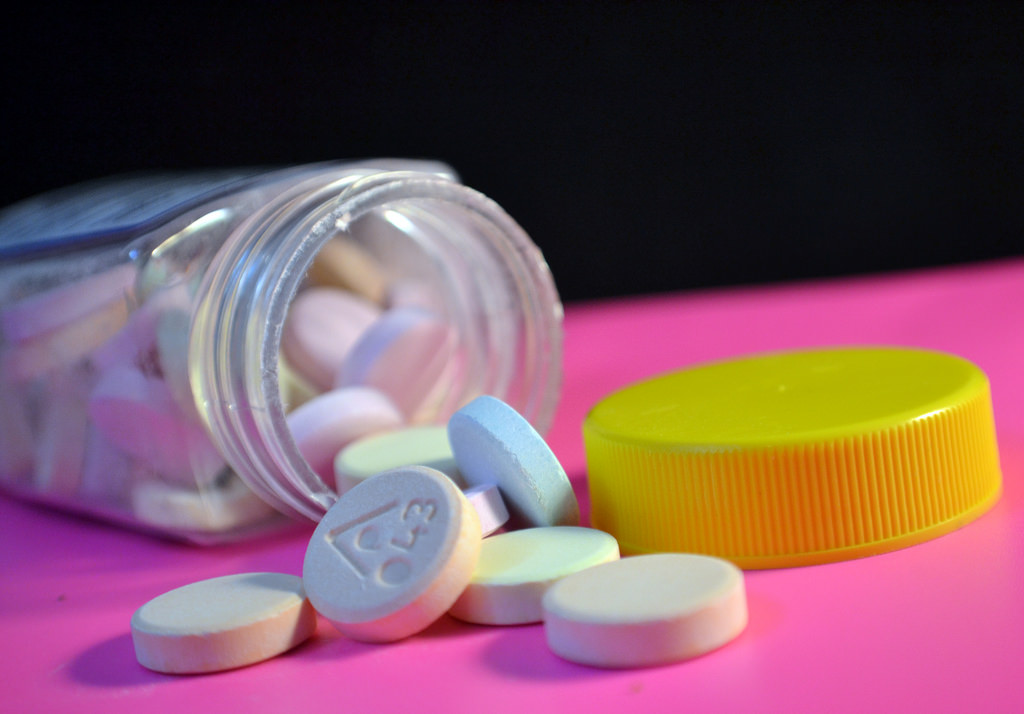Treatment of Antacids is being explored in this article with Natural tips.The best forms: six important factors Commonly used for heartburn, peptic ulcer, and digestive upsets, antacids temporarily neutralize stomach acid.For most purposes, liquid preparations have the edge, even if tablets win on convenience. Many tablets contain aluminum hydroxide, which may lose some of its acid-neutralizing action in the drying process used in making tablets.
Also, liquids coat more of the surface of the esophagus and stomach.note: If not well chewed, tablets may do little coating and be worthless.
Acid-neutralizing strengths vary. Among liquid antacids, the top five, according to a recent study, are Maalox
TC, Titralac, Delcid, Mylanta-Il, and Camalox. You get more for your money with the more potent antacids.
Calcium carbonate antacids—such as Titralac, Turns,
and Alka-2—produce quick relief. Bui they may later trigger
a ‘rebound’’ of acid secretion and so are not recommended
for ulcer patients.
Most preferred antacids contain both magnesium hydroxide and aluminum hydroxide. The magnesium com
pound tends to produce diarrhea while the aluminum hydroxide tends to constipate-—so one balances the other.
Still, if bowel habits are affected, you may need to try several brands to find one with a balance suitable for you.
• Sodium (salt) content varies; for example, Titralac
has ten times as much as Mylanta-ll—something to be con
sidered if you’re on a salt-restricted diet for blood pressure,
or heart or kidney disease.
Treatment of Antacids And Antacid Home Remedy
Baking soda—sodium bicarbonate—is cheap but should be used rarely, if at all. It almost instantly neutralizes
acid. But, unlike many other antacids, it is absorbed through the stomach wall and may upset body chemistry when used in large am o u n t or over the long term. It may. for example, with chronic, heavy use, increase blood alkalinity, leading to shallow or irregular breathing, prickling or burning sensations, and muscle cramps. The sodium it contains also may not be advisable for those on salt restriction.
The best times to take antacids Antacids are most effecttive in repeated doses one hour and three hours after meals
and at bedtime. Immediately after a meal, stomach acid does increase, but protein in the food, an excellent buffer,
acts to neutralize any excess acid. After about an hour, however, the buffering capacity disappears. Then an antacid
can supply the buffering for a period of about two hours. A second dose of antacid taken three hours after eating is then effective for about another hour.
